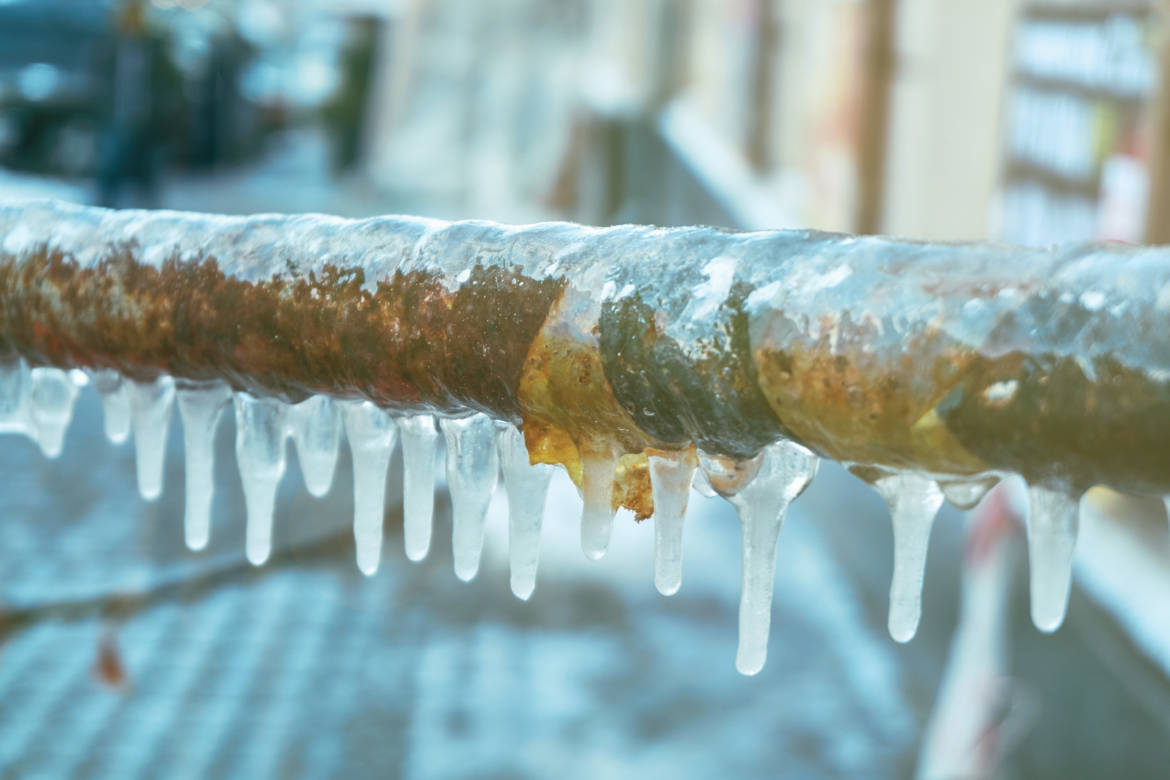Important Advice to Prevent Frozen Plumbing in Winter: Professional Insights
Important Advice to Prevent Frozen Plumbing in Winter: Professional Insights
Blog Article
Each person has their unique rationale with regards to How to Prevent Your Pipes From Freezing.

Winter can ruin your pipes, especially by freezing pipes. Right here's how to stop it from happening and what to do if it does.
Intro
As temperature levels drop, the risk of icy pipelines rises, possibly resulting in pricey repair work and water damages. Recognizing exactly how to prevent icy pipelines is crucial for homeowners in cold environments.
Avoidance Tips
Insulating at risk pipes
Cover pipes in insulation sleeves or utilize warm tape to safeguard them from freezing temperatures. Focus on pipelines in unheated or exterior locations of the home.
Heating strategies
Maintain indoor areas properly heated up, especially locations with pipes. Open cabinet doors to enable warm air to flow around pipelines under sinks.
How to identify frozen pipelines
Seek decreased water circulation from faucets, unusual odors or sounds from pipelines, and visible frost on exposed pipes.
Long-Term Solutions
Architectural adjustments
Consider rerouting pipes far from exterior walls or unheated locations. Include additional insulation to attic rooms, basements, and crawl spaces.
Upgrading insulation
Buy top quality insulation for pipelines, attics, and wall surfaces. Proper insulation assists maintain regular temperature levels and lowers the risk of frozen pipelines.
Securing Outdoor Plumbing
Yard pipes and exterior faucets
Disconnect and drain pipes yard tubes before winter. Set up frost-proof faucets or cover outside faucets with insulated caps.
Comprehending Frozen Pipes
What creates pipes to ice up?
Pipes ice up when revealed to temperature levels below 32 ° F (0 ° C) for extended durations. As water inside the pipelines ices up, it expands, taxing the pipeline wall surfaces and potentially causing them to rupture.
Dangers and damages
Frozen pipes can cause water disruptions, building damages, and costly repair services. Ruptured pipes can flood homes and create extensive structural damages.
Indications of Frozen Pipeline
Identifying icy pipelines early can prevent them from breaking.
What to Do If Your Pipes Freeze
Immediate actions to take
If you think icy pipes, maintain faucets open up to eliminate pressure as the ice thaws. Use a hairdryer or towels taken in warm water to thaw pipelines gradually.
Conclusion
Protecting against frozen pipelines calls for proactive steps and quick actions. By understanding the causes, signs, and safety nets, homeowners can protect their plumbing during cold weather.
5 Ways to Prevent Frozen Pipes
Drain Outdoor Faucets and Disconnect Hoses
First, close the shut-off valve that controls the flow of water in the pipe to your outdoor faucet. Then, head outside to disconnect and drain your hose and open the outdoor faucet to allow the water to completely drain out of the line. Turn off the faucet when done. Finally, head back to the shut-off valve and drain the remaining water inside the pipe into a bucket or container. Additionally, if you have a home irrigation system, you should consider hiring an expert to clear the system of water each year.
Insulate Pipes
One of the best and most cost-effective methods for preventing frozen water pipes is to wrap your pipes with insulation. This is especially important for areas in your home that aren’t exposed to heat, such as an attic. We suggest using foam sleeves, which can typically be found at your local hardware store.
Keep Heat Running at 65
Your pipes are located inside your walls, and the temperature there is much colder than the rest of the house. To prevent your pipes from freezing, The Insurance Information Institute suggests that you keep your home heated to at least 65 degrees, even when traveling. You may want to invest in smart devices that can keep an eye on the temperature in your home while you’re away.
Leave Water Dripping
Moving water — even a small trickle — can prevent ice from forming inside your pipes. When freezing temps are imminent, start a drip of water from all faucets that serve exposed pipes. Leaving a few faucets running will also help relieve pressure inside the pipes and help prevent a rupture if the water inside freezes.
Open Cupboard Doors
Warm your kitchen and bathroom pipes by opening cupboards and vanities. You should also leave your interior doors ajar to help warm air circulate evenly throughout your home.

I stumbled upon that piece of writing about Winter Plumbing Precautions: Preventing Frozen Pipes when doing a search on the internet. Appreciated our article? Please quickly share it. Let somebody else locate it. Thanks so much for taking the time to read it.
Schedule Estimate Report this page